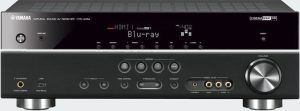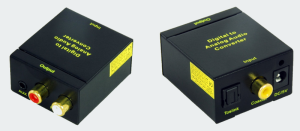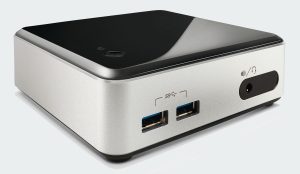I just bought the new Raspberry Pi 2 to run Rasplex (Plex + OpenElec) within my Home Theater System. The only question I had was: would I be able to use the remote of my amplifier to control Rasplex. The answer is yes, it works !

Click to Read More
My Home Theater System includes:
- A amplifier Yamaha HTR-4067
- Speakers Eltax Monitor 91 HC with
- two floor-standing speakers Eltax Monitor IX
- two speakers Eltax Monitor I
- one speaker Eltax Monitor Center
- A subwoofer Yamaha NS-SW200
- A projector BenQ W1070+
- A Raspberry Pi 2 with RasPlex
NB.:
- The Raspberry is connected on the “HDMI 1 (BD/DVD)” input.
- I had to change the HDMI cable to use one certified “High Speed with Ethernet”.
- I had to turn on first the Amplifier, next the projector, and finally the Raspberry.
When starting, Rasplex :
- Detects the “Pulse-Eight CEC adapter”
- Updates the CEC adapter configuration
- And finally displays a message: “connected: TV-HTR-4067”
Within Plex:
- I went to “> Preferences > Change Preferences for System”
- I selected “Input Devices” and then “Peripherals”
- There, Plex displays info about the “CEC adapter”. I did click on “Ok” to enter the settings of that adapter. There, I have the following settings:
- Enabled is ticked
- Make XBMC the active source when stating is not ticked
- “Device to power on…” is none
- “Device to pwoer off…” is none
- “Send inactive source…” is ticked
- “Put device in standby…” is not ticked
- “When the TV is switched off” is “Ignore”
- “Put device in standby” is not ticked
- “Use the TV’s language setting” is not ticked
- “Pause playback” is ticked
- “Physical address (overrules HDMI port)” is 0
- “Com port” is –
Notice: when the amplifier is switched off (standby), the video is still forwarded to the projector, as well as the sound. But what’s great is that the remote control still works too via CEC !!!
![]()

